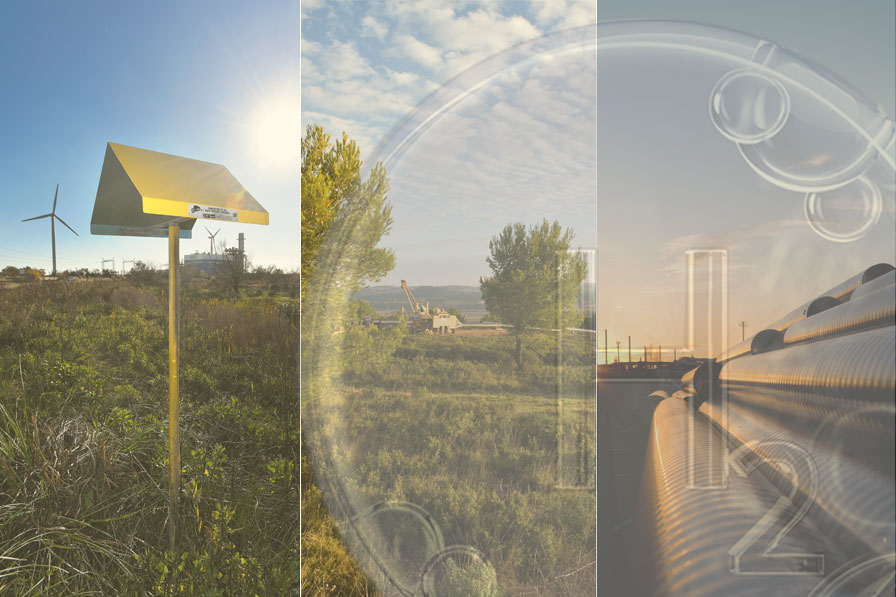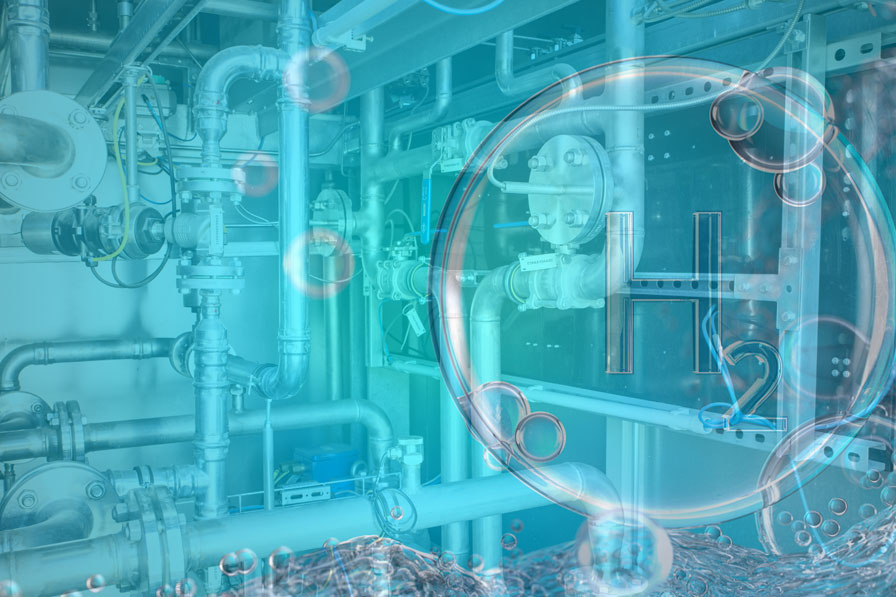Draft New National Hydrogen Strategy

GRTgaz, France's largest and Europe's second largest natural gas transmission system operator, is pleased to announce its draft update to the National Hydrogen Strategy, which now recognises the role played by hydrogen infrastructure and shows a willingness to make plans to connect up industrial hubs to storage facilities (500 km of transmission pipeline). Furthermore, the strategy considers the possibility of hydrogen imports to supplement national production.
To formalise the National Strategy, GRTgaz is currently working on the first regional hydrogen pipeline hubs (MosaHYc, DHUNE, HYnframed, WHHYN, RHYn). It is also focused on connecting up these storage valleys in France to neighbouring countries with the Hy-Fen project, which links Fos (where the BarMar hydrogen pipeline arrives) to Germany. This infrastructure will ensure security of supply and the competitivity of renewable, low-carbon hydrogen, helping to decarbonise heavy industry and the transport sector.
For GRTgaz, its target of having 500 km of pipeline is a positive first step. But this will not be enough to reach the target set by the strategy itself – additional, more ambitious targets will be required later on. Furthermore, in order for France to fully embrace its role in the drive currently underway to create a “hydrogen-based” Europe, progress will need to be made on regulation, particularly regarding the designation of a “Hydrogen Transmission Network Operator” (HTNO) before September 2024.
“For many years now, our company has been backing renewable, low-carbon energies – particularly hydrogen. Six of our flagship projects have just been labelled as Projects in the Common Interest by the European Commission. GRTgaz is keen to play a major role in planning the development of a French and European hydrogen transmission network”.Sandrine Meunier
GRTgaz’s CEO
To support the increase in hydrogen production (6.5 GW of electrolysers in 2030, increasing to 10 GW by 2035), the future National Hydrogen Strategy emphasises the need to plan hydrogen transmission infrastructure.
This approach requires an organisational structure to be led in consultation with all stakeholders (manufacturers, producers, consumers, local authorities and state authorities) so that the hydrogen network evolves optimally from an economic perspective, both in France and across Europe more widely. GRTgaz is already involved in comparable public service missions: it operates 32,600 km of network in France for methane. And it wants to play a key role in planning the future hydrogen network.
Furthermore, its target of having a 500 km long hydrogen network in France is a positive initial step. But it will not be enough. GRTgaz's first regional hydrogen pipeline hubs (MosaHYc, DHUNE, HYnframed, WHHYN, RHYn) will already make up nearly 500 km of network by 2030. It will then be necessary to connect up these hydrogen valleys and French storage facilities, which are mainly located in the Rhône valley (more than 500 km between these storage facilities and the industrial regions of the Seine Valley and northern France). Then, via the Rhône Valley, the Hy-Fen project will need to be connected between Fos (where the BarMar hydrogen pipeline arrives) and Germany.
Regarding hydrogen imports, GRTgaz, which is involved in the European BarMar-H2Med project, has indicated the need to strike a balance between national production and diversified imports. This is so as to reconcile energy sovereignty and the French economy's competitivity in order to achieve decarbonisation targets. For GRTgaz, imports will mostly be across Europe via pipeline – this is more economical than maritime based import solutions for transmitting hydrogen within Europe or bringing it from North Africa.
Finally, GRTgaz thinks that we need to pick up the pace as far as defining a regulatory framework is concerned. Furthermore, hydrogen infrastructure requires support for more than just production purposes. And a Hydrogen Transmission Network Operator (HTNO) needs to be appointed so that France can play its role in a hydrogen-based Europe and the first hydrogen transmission infrastructure can be commissioned before 2030.

